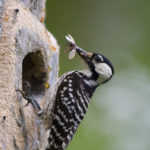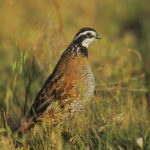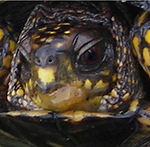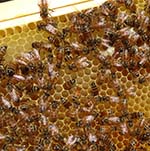North Carolina Woodland Species
ATFS Standard 5, Performance Measure 5.2
Landowner should address the desired species and/or desired forest communities when conducting forest management activities, if consistent with landowner’s objectives.
Indicator 5.2.1
Landowner should consult available and accessible information on management of the forest for desired species and/or forest communities and integrate it into forest management.
 |
PROTECTED WOODLAND SPECIESThe U.S. Fish and Wildlife Service recognizes 61 animal species as federally endangered or threatened that are believed to or known to occur in North Carolina. The North Carolina Wildlife Resources Commission recognizes additional species as needing additional conservation. Many of these use a forest for some part of their habitat requirements. |
 |
BIRDS
|
 |
MAMMALSNorth Carolina’s forests are home to a wide variety of mammals including rabbits, bear, deer and the state mammal gray squirrel. Learn about some of these that you may find in your woodlands. |
 |
REPTILES AND AMPHIBIANSReptiles and amphibians are an important part of a woodland environment and are a good indicator of environmental health. Reptiles (alligators, snakes, lizards and turtles) have many similarities but also have some big differences. Learn about them in this section. |
 |
POLLINATORSPollinators are animals that move pollen between flowers of many plants, including trees, shrubs and other flowering plants. These include bees, beetles, butterflies, moths, hummingbirds, wasps and flies. Managed forests provide important habitat for pollinators as well as benefit from pollinators. |
